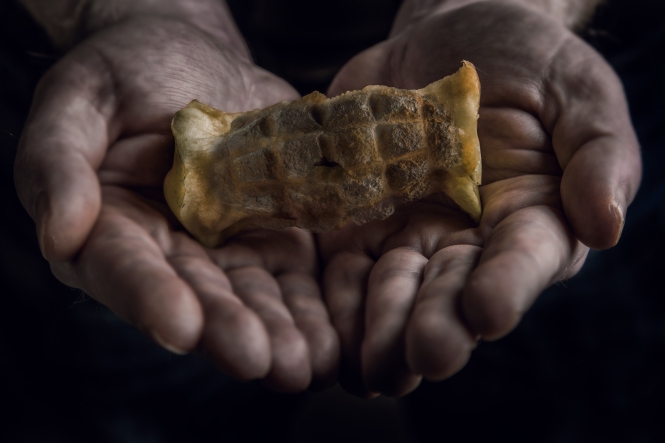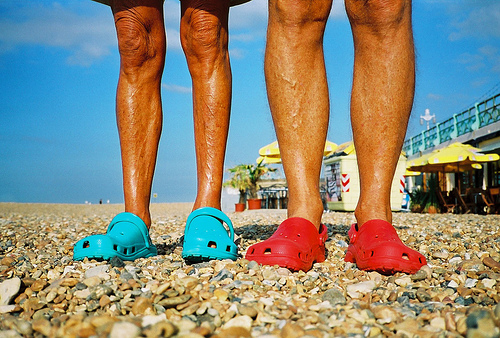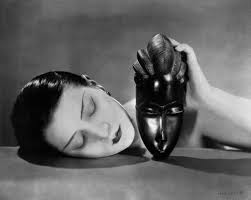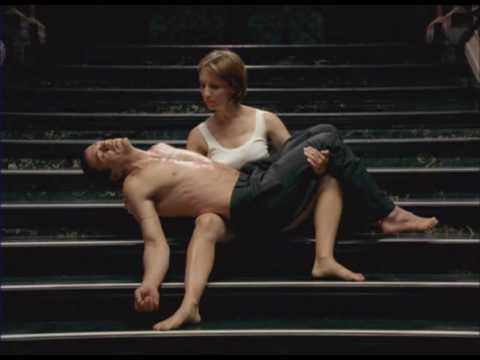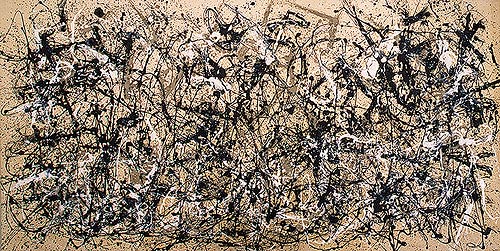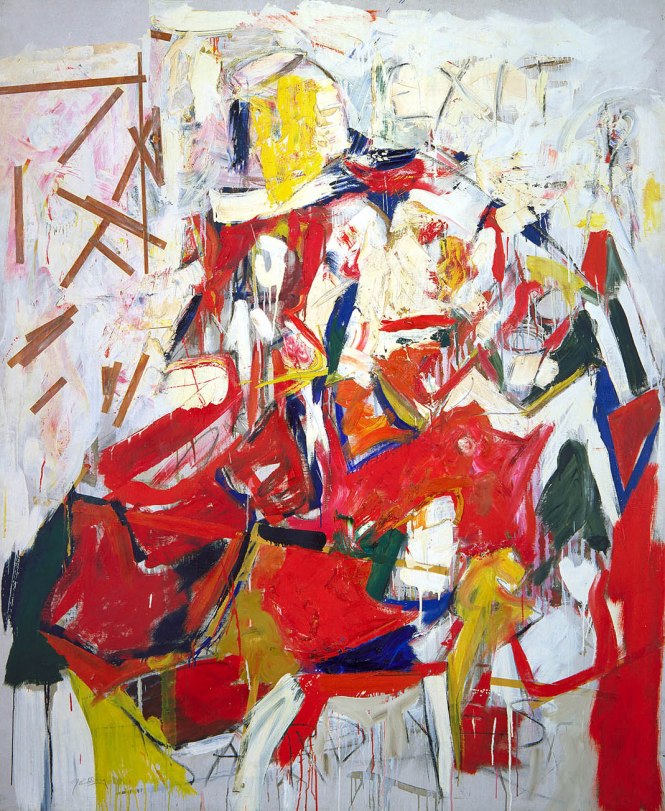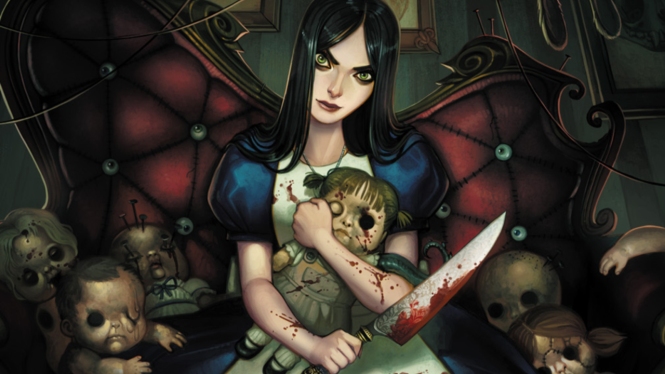Attempting and refining new practices is incredibly important for planting the foundations on which to build my career in photography. From year one to my final year, I have grown, not just as a photographer, but I have grown politically and my intelligence has evolved.
As I’ve grown I have become more displaced in terms of my political viewpoint. Things these days seem more and more confusing, as though I don’t belong on the left/right spectrum. I want to capture my displacement. I believe absolutely that our environment and wildlife is endangered. I believe that human beings should be seen as equals, that the colour of your skin, the God you worship or your sexualiy should not devalue you as a person. However, I do not submit to the social justice movement. I believe feminism is outdated, Black Lives Matter is a ridiculous, immature and racist group. I believe that the government doesn’t owe anybody anything, I believe that we should all take responsibility for our own failures and successes, I believe that we all have the same opportunities and most of all, I do not believe that we live in a society that favours a particular gender and race. I believe that male white privilege is a disgusting lie. I find it absurd that certain communities raise their children to believe that they are destined to fail because their skin colour is different to my own. Of course those people are going to fail if nobody believes in them.
So, this is my project. I will create a fine art project that signifies these beliefs and exhibit them on a line, left to right. These images will be made up of multiple different images, photoshopped together to make a single image. An example of this is the photograph below.
